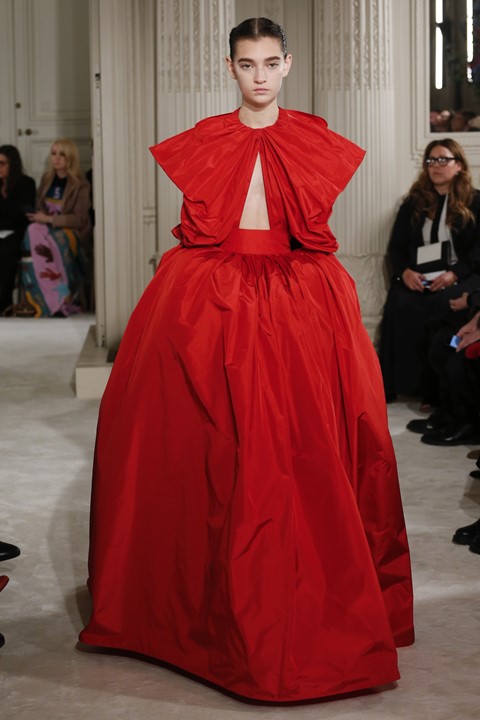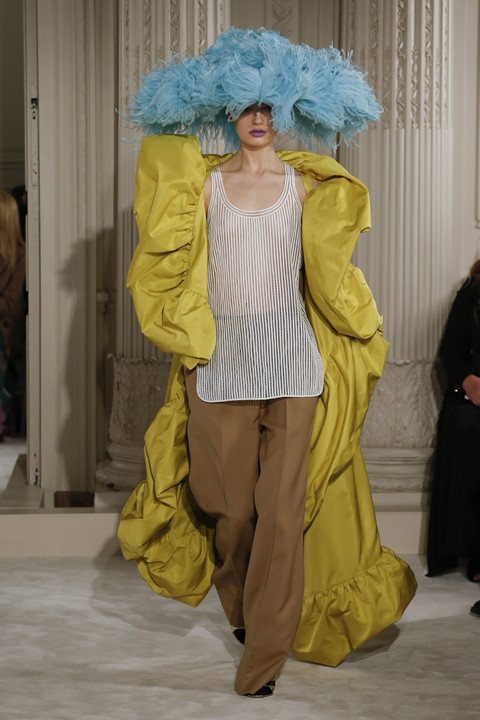For his extraordinary Spring 2018 Couture collection, designer Pierpaolo Piccioli found inspiration in an evocative image by Deborah Turbeville
“A woman in my pictures doesn’t just sit there,” Deborah Turbeville once said of her photographs. “In what kind of mood would a woman be, wearing whatever? I go into a woman’s private world, where you never go.”
Far away from the pristine fashion images of the 1970s, an era defined by Helmut Newton and Guy Bourdin, Turbeville presented an alternative view of womanhood. Her subjects were not the infallible glamazons of her contemporaries, but spectres, full of private desires and longing, existing in the crumbling grandeur of country houses and their drawing rooms, in forests or deserted bathhouses. Afterwards, Turbeville would deliberately scratch her negatives with dust, as if damaged by time.

Last week, these photographs were on the walls of the Valentino atelier as house designer Pierpaolo Piccioli prepared for his Spring 2018 Couture show in Paris. The show itself was a musing on the medium, a celebration of the art of haute couture and its symbols – billowing ruffles, sweeping proportions, feathers, bows. Each dress was named after the petite main who made it – though, as the designer was quick to point out, the men and women of the house’s atelier who individually make each gown from start to finish are more than just ‘small hands’ but entire, complex, and supremely talented artisans. Also in honour was the jewellery, shaped like scissors and hands.
But it was the above photograph of Turbeville’s, which captures a 1977 Valentino Haute Couture collection, that became something of a nexus for the designer’s latest. In it, a single ruffled gown, in Valentino’s now signature poppy red, is set upon a backdrop of four other, almost amorphous, women clad entirely in black. It evokes Turbeville’s legacy of showmanship and theatricality – at once sensual and haunting, it looks as if it might disintegrate in a minute.

It was a photograph that fascinated Piccioli as a child, and when he began at the house, he asked to see the red dress that sits at its centre. When he did, it wasn’t at all how he imagined, but it didn’t matter – what was more important was his image of it, and the memory that he had wrapped around it. It was in this space between reality and imagination that the S/S18 collection existed, Piccioli untying couture from its restraining legacy and letting it loose into the imagination.
In practice: a huge ruffle of moire silk was tempered with khaki wool trousers; trailing bows and ruffles defied their rich fabrications to look thrown on. A sense of faded grandeur was achieved with the feathered hats, made by Philip Treacy, drawing comparisons to 20th century British couturier Lady Duff Gordon, but could have just as easily descended from another universe entirely. The final gowns, evoking the drape and fold of a Francisco de Zurbarán painting, looked as if ready to slip off the models’ bodies. Like Turbeville’s photographs themselves, this was an alternative vision of glamour and couture – intimate, emotional, and unrestrained.
